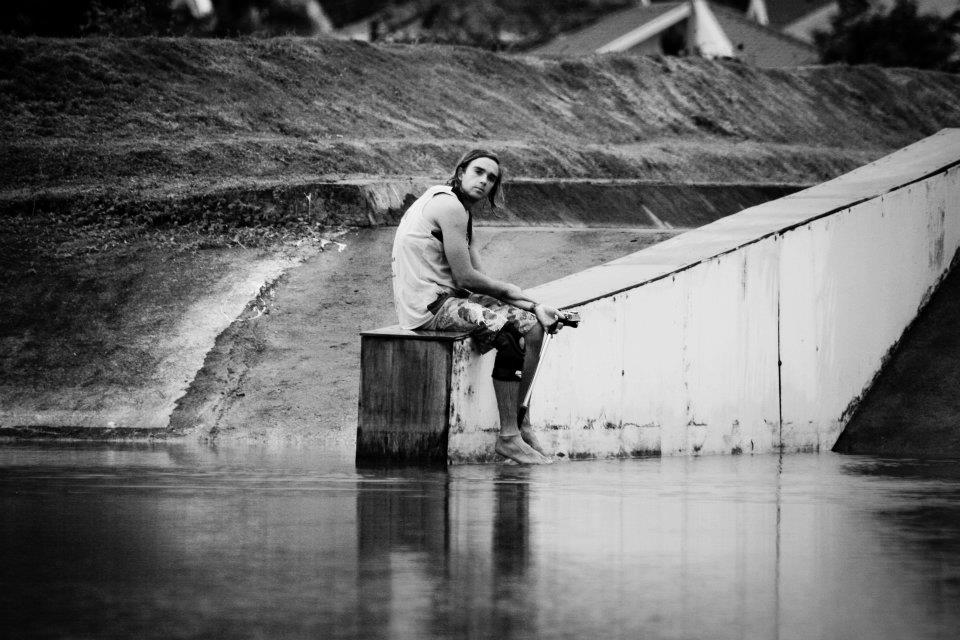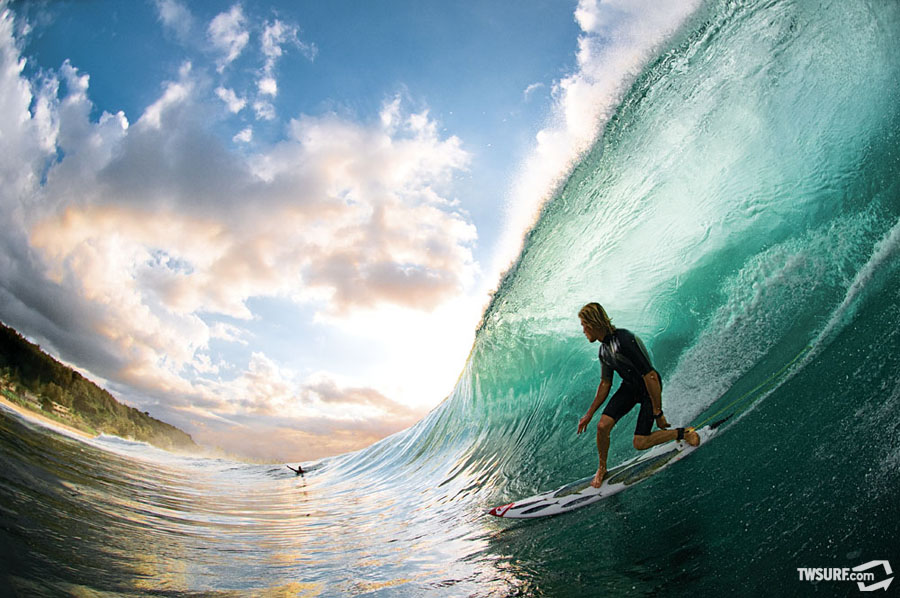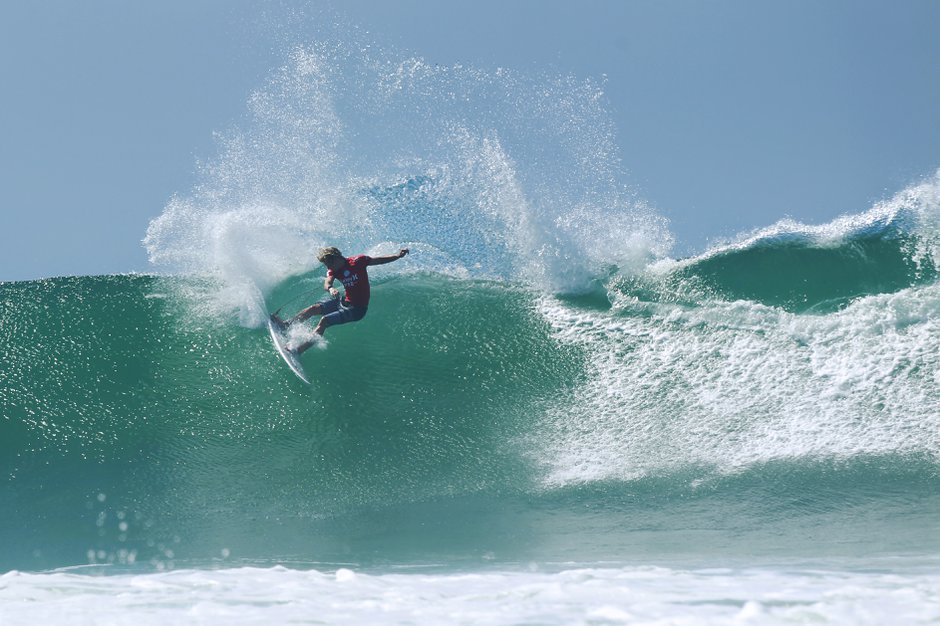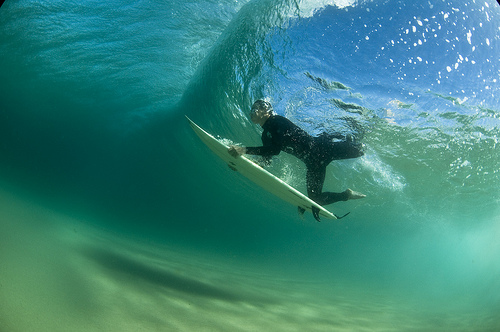An important but not much mentioned condition among athletes is Overtraining syndrome (OTS). OTS is a condition that occurs when an athletes training load is high and the recovery is not efficient enough.
The result of this is an opposite effect with decreased performance instead of increased. Proper training and conditioning requires a very fine balance between overload and recovery for the body.
In all varieties of sports, it is meaningful for the athletes to train hard in order to improve their performance. After a work-out the performance usually decreases temporarily, and with the right amount of recovery leads to super compensation.
If a work out is done in the recovery phase overreaching can occur, on the other hand if it occurs during the super compensation period the body will improve to a higher fitness level.

Me myself have many times experienced OTS in my career as a professional kiteboarder where I would spend countless hours everyday on the water. To listen carefully to the body and stay a few days off training can give immense results in performance and save yourself from many injuries.

To know about OTS and it’s presence in the body can be very helpful for all athletes, here are some of the symptoms of OTS ( and I am sure most of you have sometimes experienced them in your life) :
- Feeling overall tired, drained, a lack of energy
- Moodiness and irritability
- Pain in muscles and joints
- Sudden decrease in performance
- Insomnia ( troubles falling asleep)
- Headaches
- Decreased immunity (increased number of colds, and sore throats)
- Depression
- Loss of enthusiasm for the sport
- Decreased appetite
- Increased frequency of injuries.
- An obsessive need to excercise
Overtraining syndrome is regularly divided into the following phases:
- First phase: Acute fatigue, were the athlete recovers after one to three days. Performance decreases temporarily during this phase.
- Second phase: Functional overreaching can last days up to weeks and during these coming periods the performance decreases.
- Third phase: Non-functional overreaching can last weeks up to months and stagnation of performance occurs in addition to decreased performance
- Fourth phase: OTS can last month’s up to years or even a lifetime.
Test yourself if you are in risk of having Overtraining syndrome:
During periods of heavily overload, symptoms can be found that may show signs of overreaching.
These symptoms are usually found through a POMS (Profile Of Mood States) test which contains 65 statements that describes different kinds of feelings where the test person marks one of five choices as answer: Not at all, A little, Moderately, Quite a lot or Extremely.
The scores are further summarized and divided into six factors: Anger, Confusion, Depression, Fatigue, Tension and Vigor. Finally collected data is analysed compared with previous ones from the test person.
In this following link you can perform a POMS test yourself: https://www.brianmac.co.uk/poms.htm
I think I have OTS, what should I do?
- Rest! Your number one priority should be getting your body recovered so you can start training again, right now focus only on doing things that make you rest or calm down.
- Reduce or completely stop your training for a few days and just focus on recovering.
- Take long walks, listen to music you like, watch a movie, go to the beach.
- Attend a restorative yoga class
- Meditate or listen to a guided meditation.
- Drink loads of water to stay hydrated
- Eat a lot of healthy nutrients
- Get a sports massage
- Sleep as much as you can!
Research on overtraining syndrome shows that getting adequate rest should be the primary treatment plan. In addition, low levels of exercise, or active recovery during the rest period can speed up recovery.
Have you also experienced Overtraining syndrome? Please comment or share
Thank you for reading!
Best regards
Mikael Dabrowski






